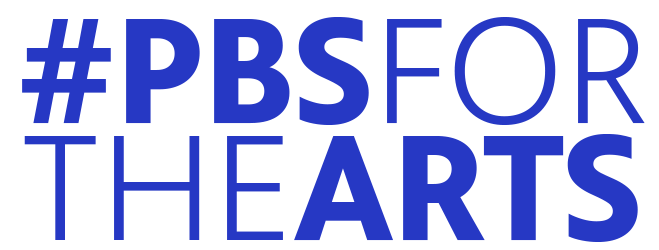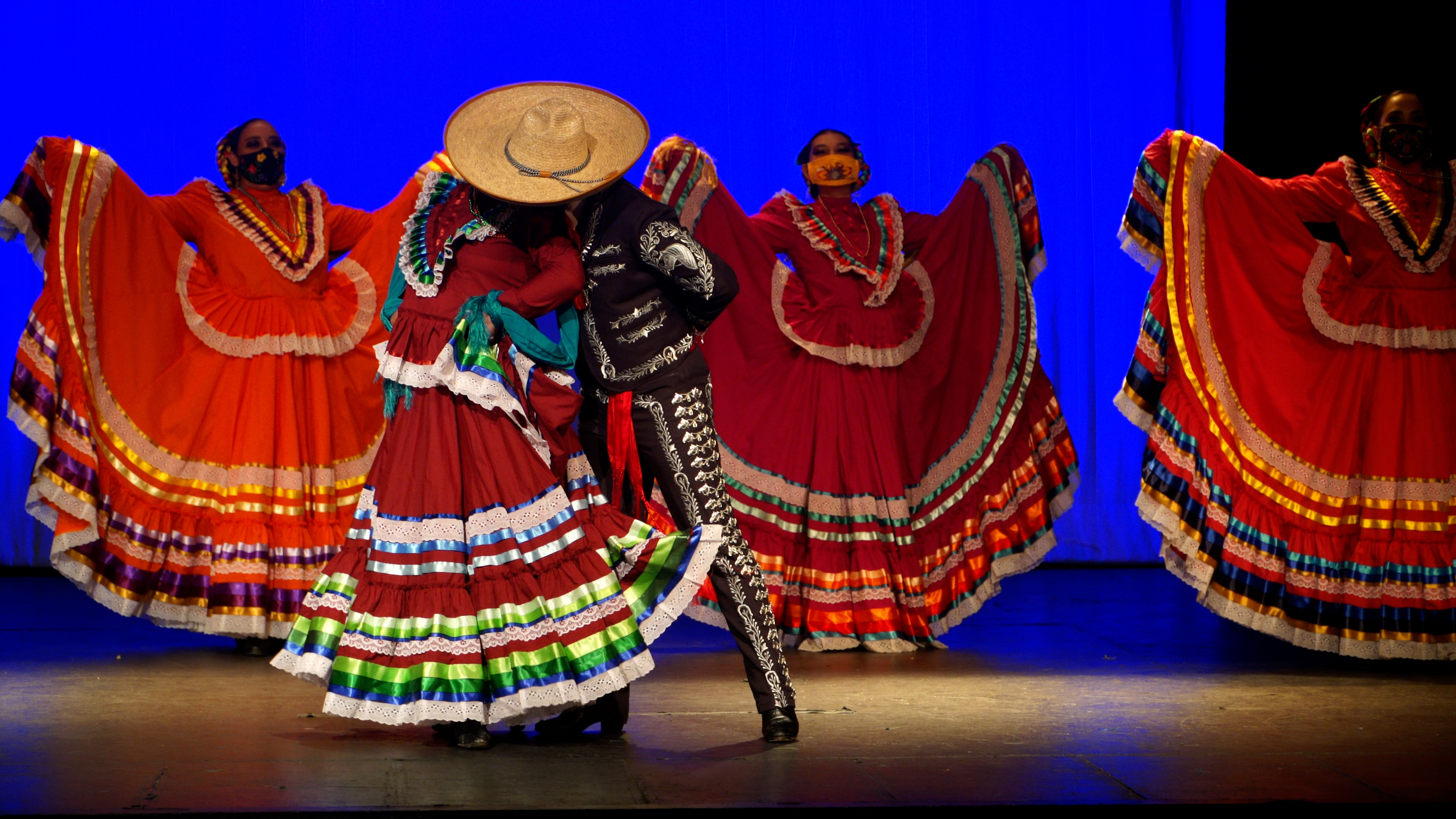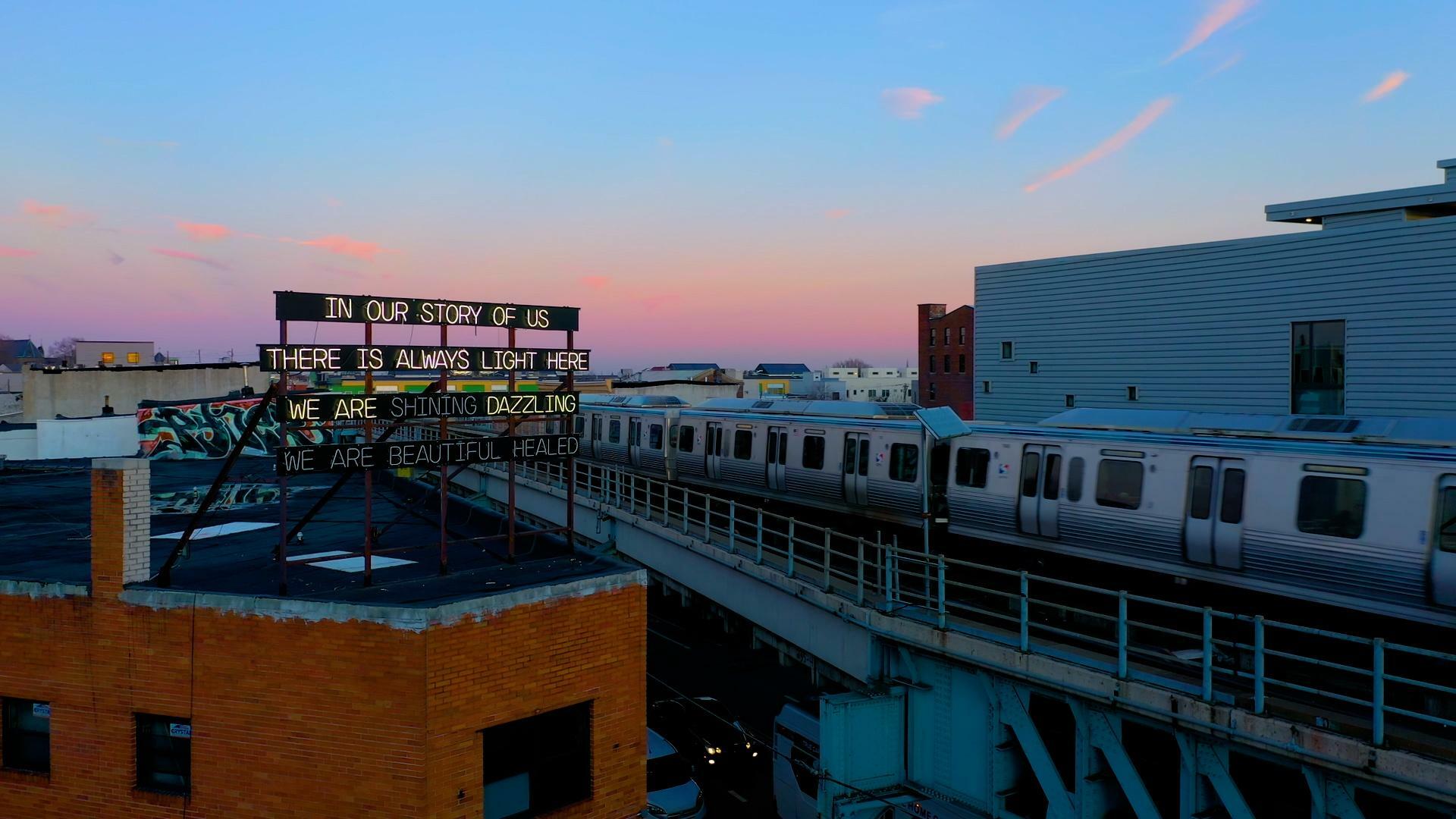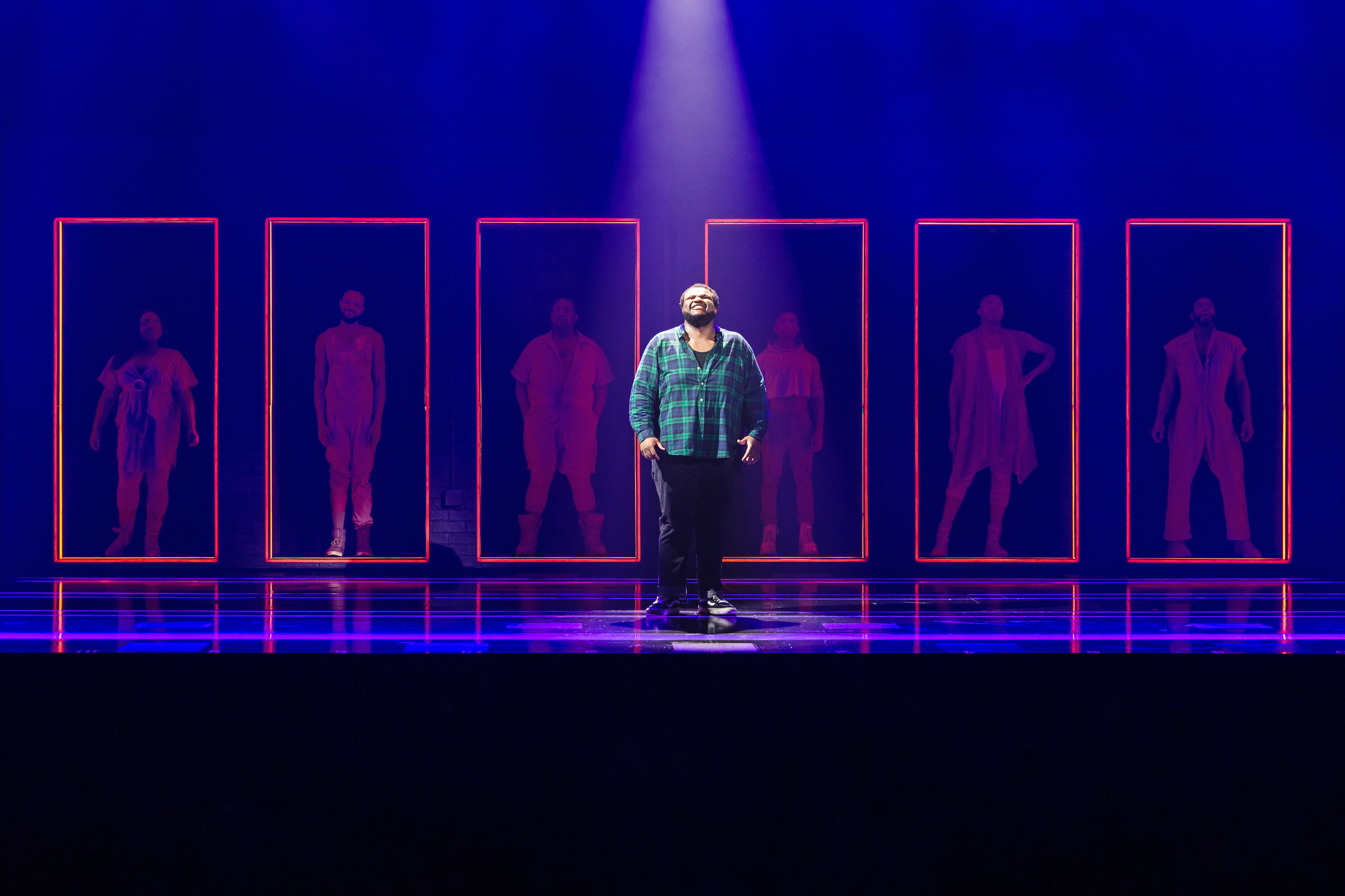Each year thousands of people from around the globe visit the Berkshires of Western Massachusetts to experience the Jacob’s Pillow dance festival. The festival is known internationally for bringing dozens of companies to its 225-acre campus each year for live performances, workshops, talks and free events. In 2020, the global pandemic forced the organization to cancel its in-person summer season for the first time in its 88-year history.
Executive and Artistic Director Pamela Tatge, who has been at Jacob’s Pillow since 2016, spoke to #PBSForTheArts about the organization’s mission, the challenges of the past year, and the 89th season, which began in-person performances on June 30.
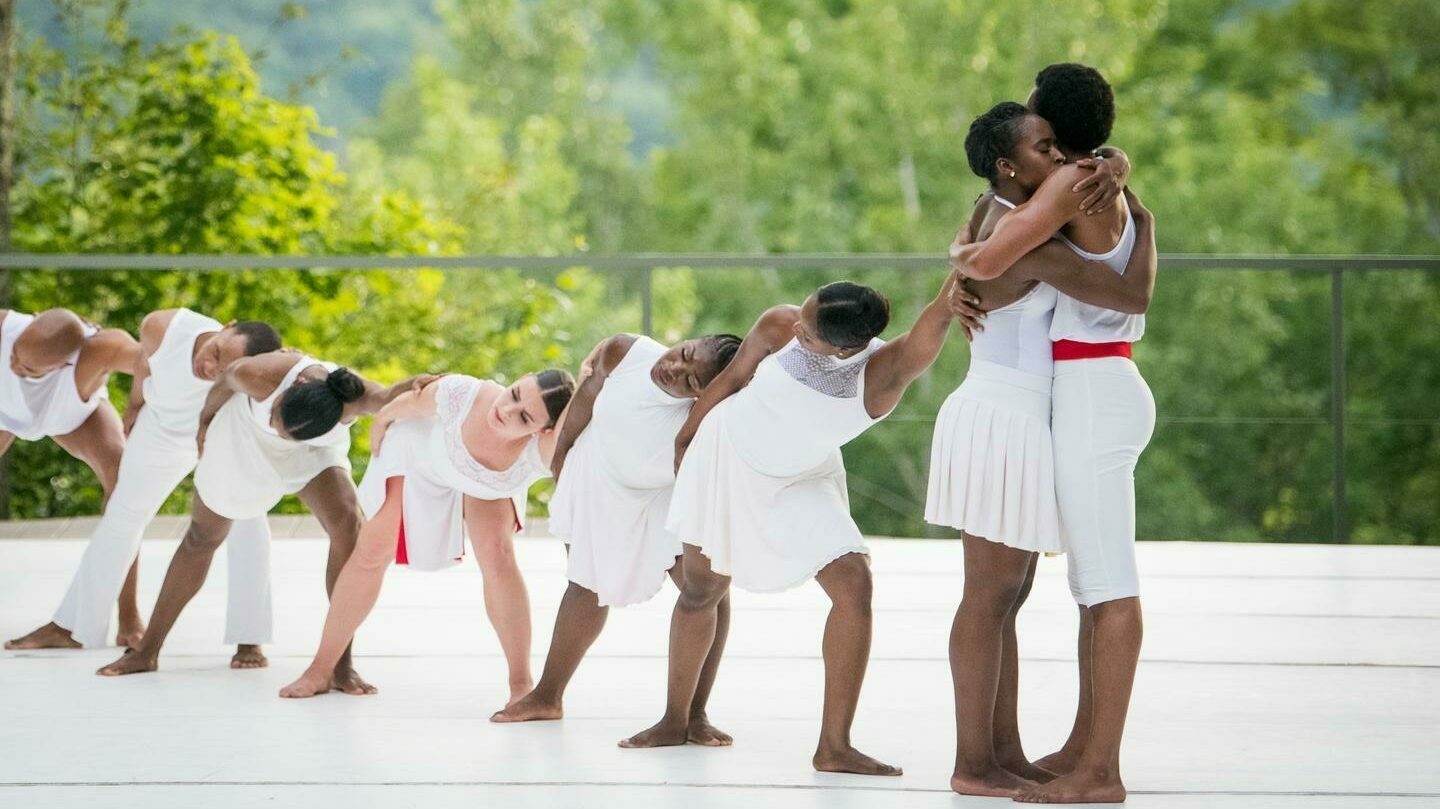
What is the mission of Jacob’s Pillow?
The mission of Jacob's Pillow is to support dance creation, presentation, education, preservation, and engagement, and create a deep appreciation for dance as an art form.
What has been the most challenging part of this past year for your organization?
I think for an organization that has operated in one way for 88 years and was faced with canceling its first festival in its history -- we even had a festival during World War II -- to navigate that, and to really navigate the uncertainty of what followed. So many of us, if we take ourselves back to March of last year, we thought this was maybe going to last a few months. It’s the sort of level of uncertainty of this year. So that's been the big, big challenge.
For us, we had an added challenge, which was to lose our beloved Doris Duke Theater [to a fire in November 2020]. This is our black box theater. We have three primary performance spaces on campus: the Henry J. Lear stage, which we're using this summer; the Ted Shawn Theater; and the Doris Duke Theater. So the Duke had been in existence for 30 years, such a place of memory, of generative activity for artists, for audience discovery. So that was a huge challenge.
And then, you know, when we made the decision to really persevere, and bring artists and audiences back together this summer, the how? To be able to predict what COVID conditions might be at the end of June, early July, and then to pull it off? I think we are feeling a great sense of satisfaction that we made this festival happen. And now we're in the thick of really being able to enjoy watching people come back on campus, watching artists have their first public performances, in 16 months for some of them, more for others. That has been the big reward to all of this, this time of great challenge.
How have you been able to stay on mission in the last year?
I think the first was a very swift decision to move to a virtual festival last summer, including our gala “Dance We Must,” and then a full eight weeks of programing. We did 36 events. Only 20 percent of them were just things that we brought back from the past. All of the other programming, if they had content from the past, we contextualized it for today, either with pre-show talks, post-show talks with artists reflecting back on their time here. And that was the silver lining of this time for many arts organizations. But for us in particular, it was 60,000 people who found us, 80 percent of them were new to our list. So what does that mean about the brand of Jacob's Pillow nationally, internationally, and the number of people who haven't been able to get here in our 88-year history as of last year? So that was, I think, a big discovery for us.
The second was actually that our rural environment was a great refuge for artists during the pandemic. We created conditions with active testing 14 days out, 5 days out, day of departure, so artists could come to our campus, have 24/7 access to our studios and dance, touch, do all the things that dancers do that they haven't been able to do. So that was so rewarding. We had 11 companies come through here for 10-day to 2-week residencies [between October 2020 and May 2021] and to be able to support work continuing to be made at this time of isolation gave us all great satisfaction.
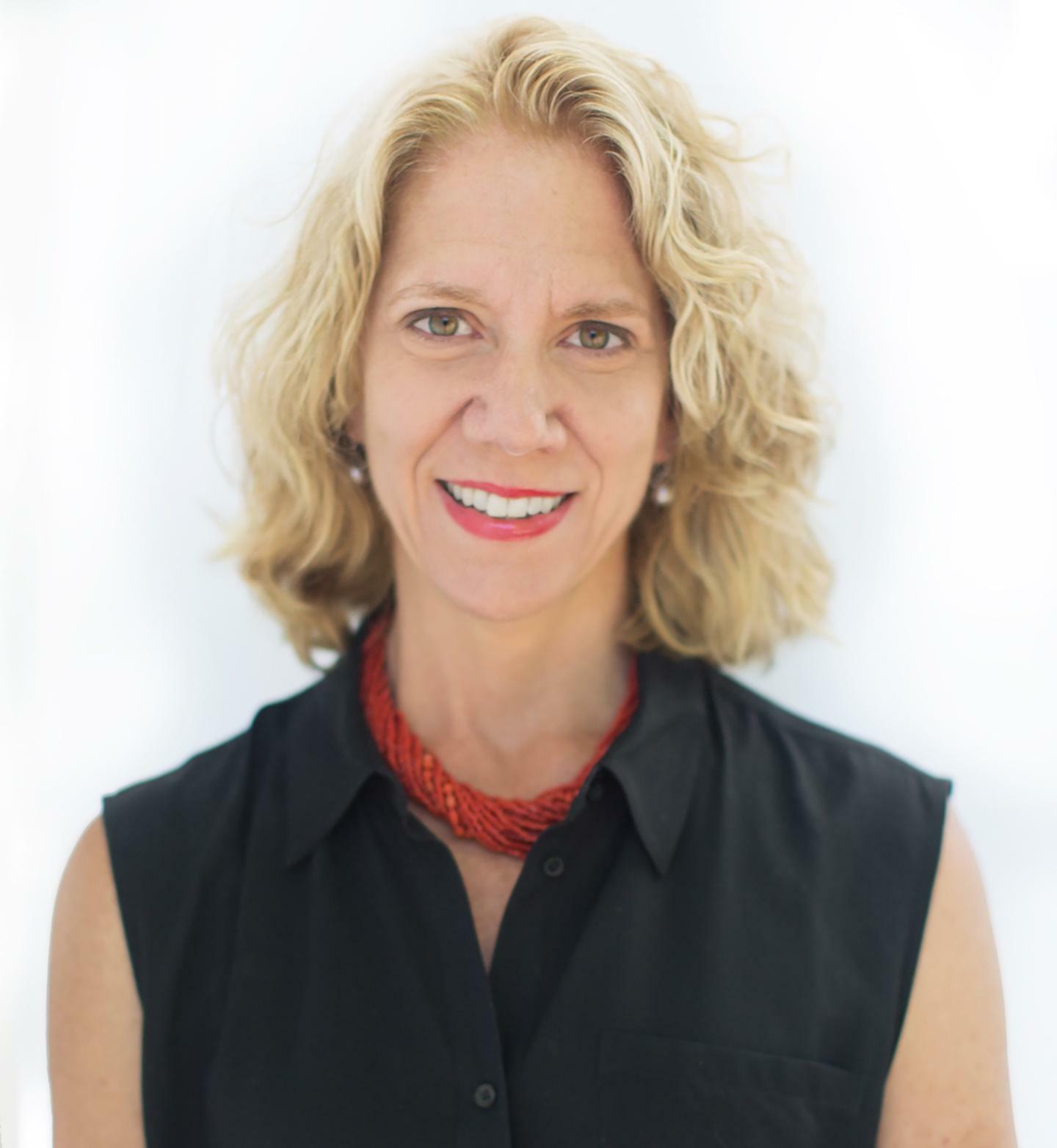
This is your first multi-platform festival. What does that mean? Why keep an online component?
We wanted to make sure that we continue to serve those audiences who discovered us last summer. That's number one. Number two is because of our reduced capacity at three feet apart. We don't have a lot of tickets. So we wanted to make these programs accessible to people who couldn't get tickets. And also, at a time when we're thinking about who Jacob's Pillow is for, the opportunity to provide the digital streams for free to people was very important to us, to make sure that our work is accessible regardless of socioeconomic status.
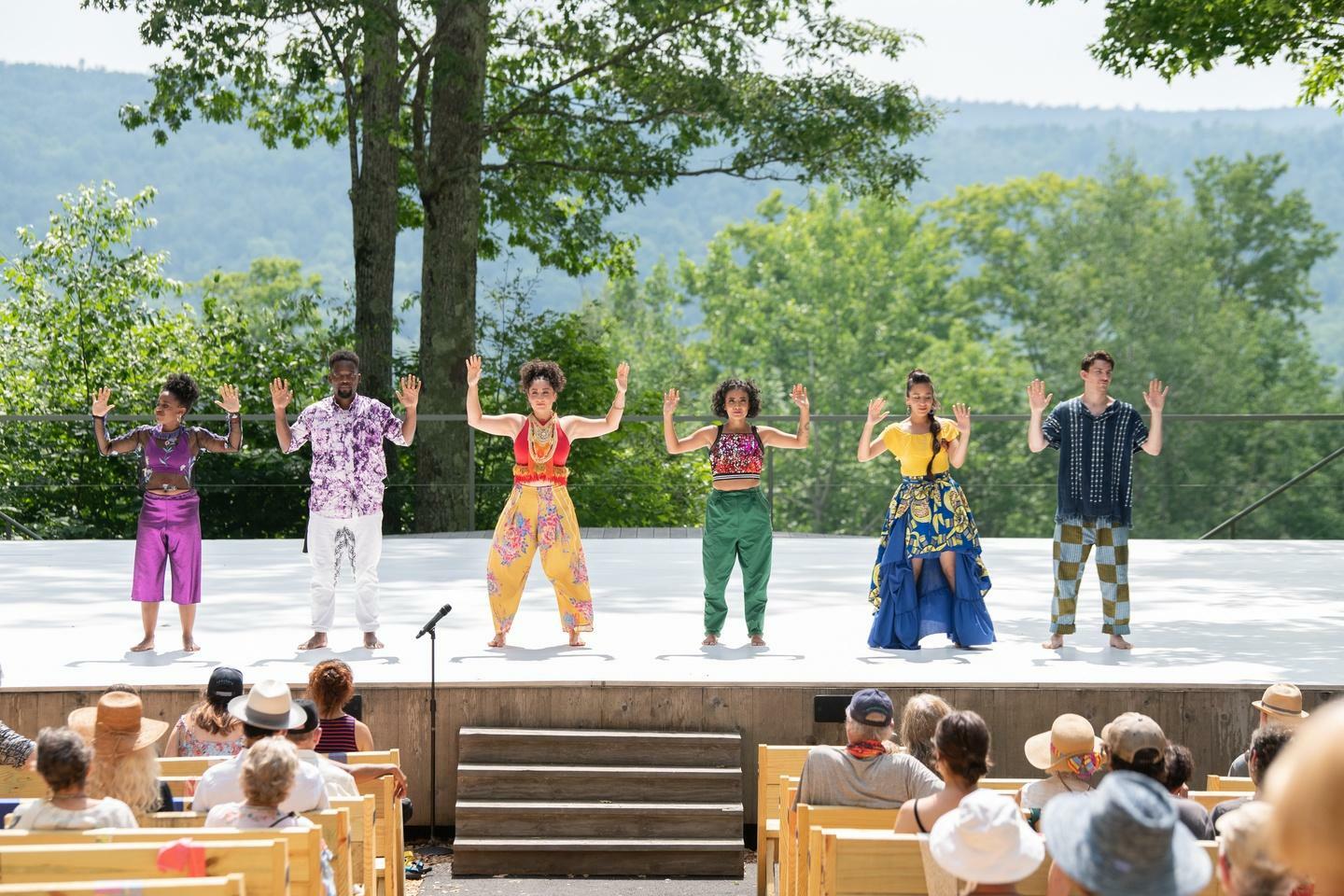
That's a very challenging thing that a lot of arts organizations are navigating: how much to offer for free, or by subscription, or on a ticketing model. How have you thought about that for your own organization?
I think for our organization in the field, we're trying to figure this out sort of collectively, each of us, by sort of experimenting. So we had two international streams this summer. We wanted to represent international work. We are an international festival. But we made the decision that we simply, with the uncertainties, go back to that word. We weren't going to be in a position of inviting an international company who then, because of things changing, couldn't get here. So we featured Paris Opera Ballet and we featured Nrityagram Dance Ensemble, a South Indian Odissi company from just outside Bangalore. . . . So we charged for those two streams and the rest of the streams this summer, the ones on the Henry J. Lear stage, will be broadcast two weeks later.
We do a three-camera shoot, which is not just documentation. It's about inviting audiences into the work to see what they can't see, even if they're in the third row because of where the camera can be in terms of a gesture, a facial expression. And it's been so wonderful to see the success of these streams. We made the decision to offer these for free for all of the reasons that I said before. But I make an appeal at the top of the film for a donation equivalent to what you might have paid to see this performance in person.
And we are getting contributions, and we did last summer. And it's been important to us to compensate artists. We pay them a separate fee for the right to stream their work. We also are, unlike in past summers, providing residencies for artists the week prior to their performances because artists need time to get their companies restarted again. And so typically in a festival format, we are turning over performances every week, and there's very little turnaround time. Now we're leaning into time, artists need time, we need time. All of this is new. And I think those decisions sort of have informed the total ecology of why we might offer these performances for free this summer.
Support your local PBS station in our mission to inspire, enrich, and educate.
Are there particular windows on the availability of the content online?
For the sake of the intellectual property for the artists, we offer these on demand for two weeks.
Can you say anything about the selection of the companies you decided to invite this year?
So I, for the first time, invited two associate curators to work with me at Jacob's Pillow. These are two women of color who each have artists that they are passionate about. I have been working in this field for almost 30 years and I have my list and they have their lists. And what's been wonderful was to work with each other.
It turned out that the artists that we selected fell into three curatorial strands. The first were artists that represented the multiple histories here at Jacob's Pillow -- our history, our indigenous history, our history as a site on the Underground Railroad and our history as being founded by Ted Shawn, a pioneer of American modern dance. So that right away dictated a certain number of companies that we decided to bring, with a focus on centering Black Indigenous People of Color in the program. The other was we looked at artists who wanted to interact with the environment, bring us into dialogue with our landscape in new ways. Two of those artists were Michelle Dorrance, Dorrance Dance, who did a site-based work. They basically played the wood on the Jacob's Pillow campus -- from up from a shed to an abandoned cabin to the Pub at the Pillow, which is not an operation this summer because of COVID, they “played the pub.” So that was one type of work. And then we had Emily Johnson /Catalyst. She's an indigenous artist that really looked at our relationship with our non-human kin -- the land, the plants, the creatures really drew us into dialog with the landscape. And we roved with her company to different parts of the campus. And the final strand was looking at artists working innovatively with digital and technology. And so we had William Kentridge talk about his new immersive VR platform with another artist Zoe Scofield [of zoe | juniper] who is premiering a work. Every audience member who buys a ticket receives an art box with a set of VR goggles. There's a co-presence moment with her online where we all come together and experience this event.
Those are the three sort of threads that we had in the festival, but we have a greatly diminished number of companies. Typically, we present 50 companies a summer and I think we have probably about 18 groups this summer.
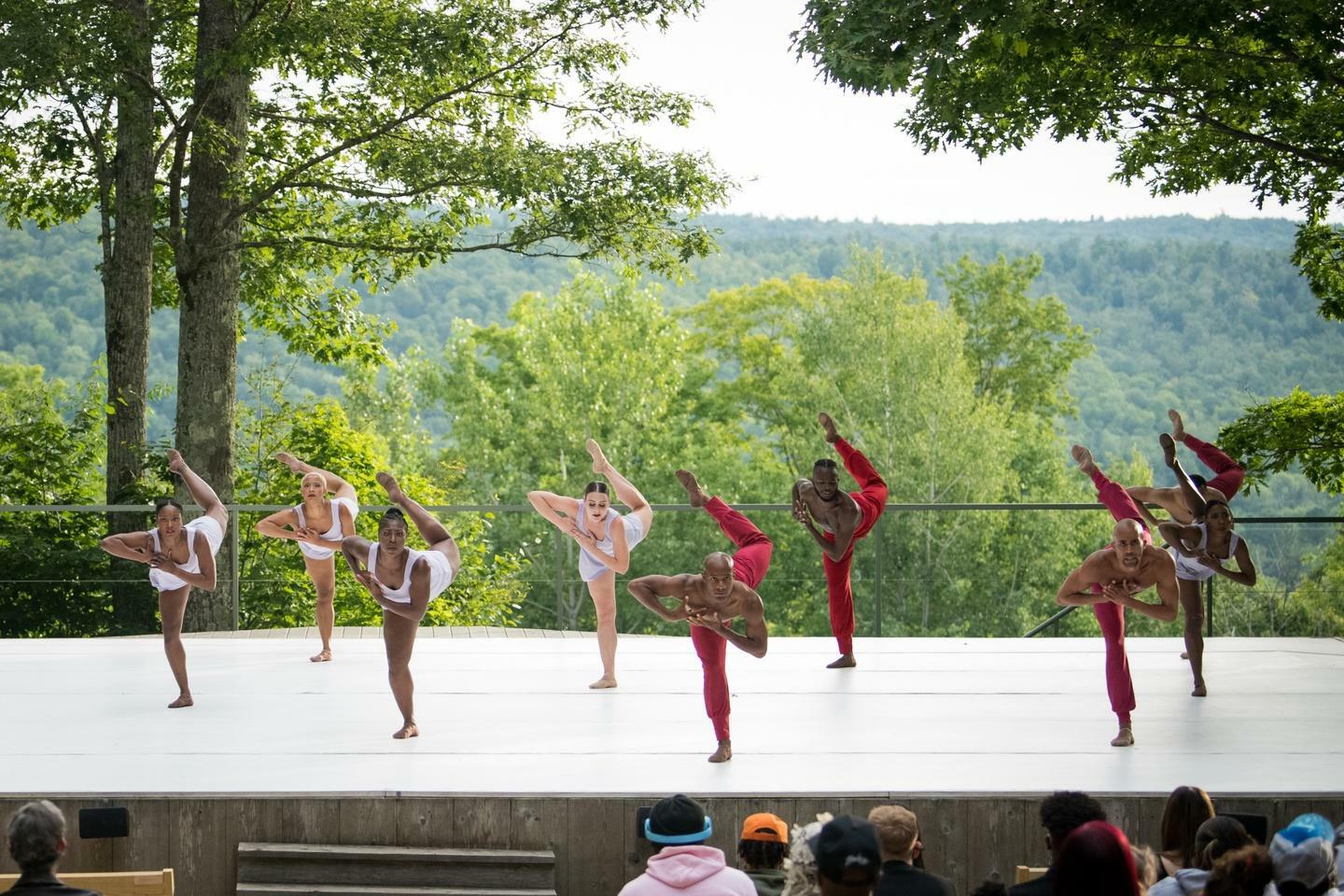
One of the companies that is coming for their first time is Dallas Black Dance Theatre. You don't always have the opportunity to invite new companies to come, or a large number of them. Could you say something about inviting them this year?
Every summer it's really important here at Jacob's Pillow that we offer companies who should be recognized with their Jacob's Pillow debut. Not only because we think their artistry and work should be celebrated, but also because Jacob's Pillow archives every work that happens here at the Pillow. So that artist becomes a part of the total history of this place and joins everyone who came before them. Dallas Black Dance Theatre is kicking off their forty-fifth anniversary here at Jacob's Pillow. . . I wanted to offer them the opportunity to perform in an anniversary year. And also because I want to support Melissa Young as a new artistic director of a major American legacy company that is so important to the total ecology of dance in this country. And anyone who sort of takes that that baton, you know, I want to support.
I absolutely have loved working with her in crafting the program. For that, we are inaugurating a new commission here at Jacob's Pillow funded by the husband of a board member who gave it to this endowment to his wife for her birthday. The income of that endowment supports a new work commission every year. And I knew that I wanted to give it to Darrell Grand Moultrie. Darrell was on faculty at the school in 2019. I witnessed him up close in terms of his energy, his artistry, his ability, to have a vision and have dancers own it and realize it. Melissa was so excited because they had a really successful commission with Darrell a few years ago, and they had said to each other that they wanted to work together again. So “Like Water” was born.
Also on the program is a work by Christopher Huggins, a major American choreographer that we've featured here before. But it's to me a signature work of Dallas Black Dance. And then I'm really interested in supporting dancers who become choreographers. And Claude Alexander III is a beautiful Dallas Black Dance Theatre dancer and has created this work “Face What's Facing You,” which I think has a theme we should all reflect on right now.
What do you think are the continuing challenges that you as an arts organization are going to be facing in the next 16 months, having looked back at the past 16 months?
I'll just say that the challenges are really, first, we are still recovering in great measure, just as an organization. We had laid off a good percentage of our staff during the pandemic. We brought staff back seasonally. We now have to think about rebuilding our year-round structure. We have experienced a shortfall in earned revenue because of all the canceled performances due to rain. And then we have to think about how to remake our organizations largely, you know, with the national reckoning with systemic racism and inequality, as well as where will digital figure in our future. We at Jacob’s Pillow are committed to staying with this multi-platform idea because we have a deep history in it, already having Jacob's Pillow Dance Interactive, which is one of the only accessible sites in the world where you can see such a range and depth of dance artists work. So I think those are all of the things that we at the Pillow and we in the field more broadly are thinking about moving forward.
Note: This interview has been condensed and edited for clarity.
The Jacob’s Pillow season continues in-person through August 29, and online through September 23. Stream Dallas Black Dance Theatre performances at Jacob’s Pillow free through September 2. Learn more about Dallas Black Dance Theatre.

The best of PBS, straight to your inbox.
Be the first to know about what to watch, exclusive previews, and updates from PBS.
